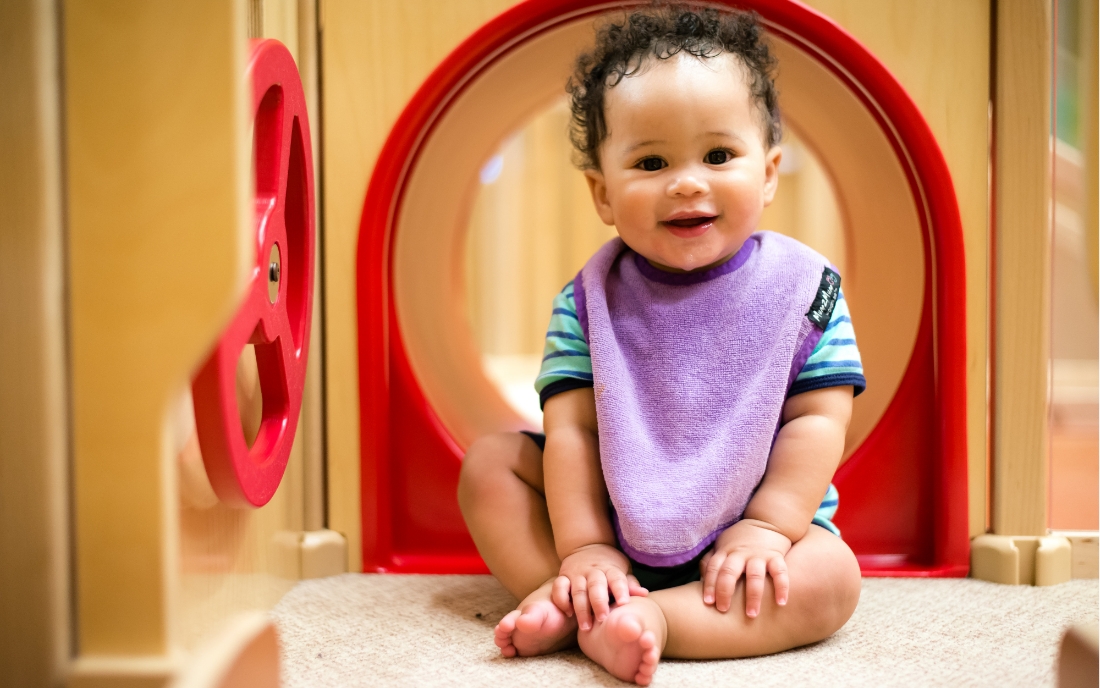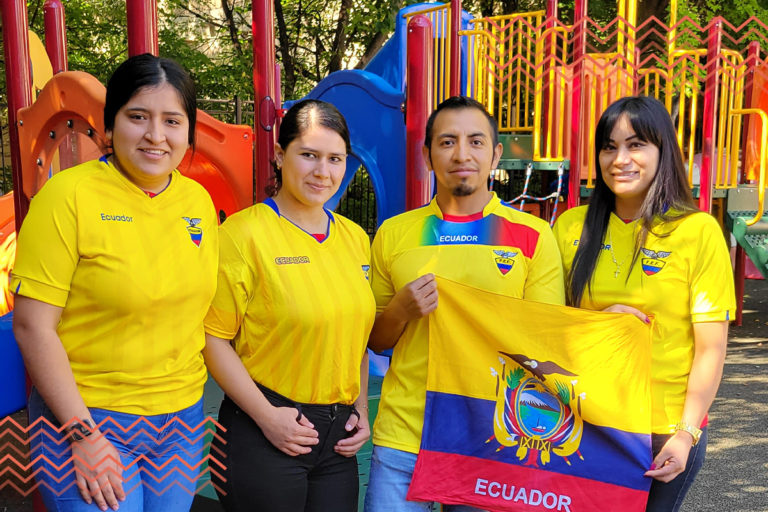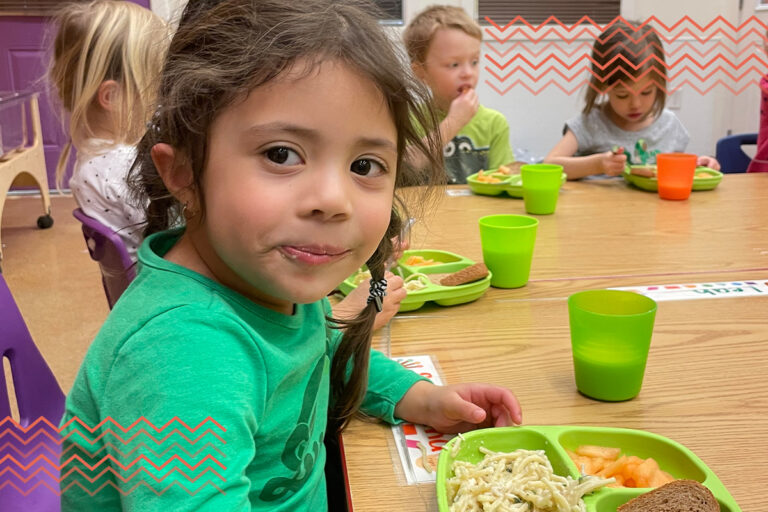When Do Bilingual Babies Start Talking?

Across the world, more families than ever before are raising bilingual children — and it’s natural for parents to have questions. When will my bilingual baby say their first word? Can learning two languages delay talking? Will my child be confused?
At Casa de Corazón, we meet many families curious about bilingual child development. One of the most common questions is: When do bilingual babies start talking?
In this blog, we answer that question and explore how bilingualism affects language development. We’ll also share key language milestones, helpful tips, and what you can do to support your bilingual baby from the very beginning.
How Does Bilingualism Affect Language Development?
Good news: Research shows that bilingual babies do not speak later than monolingual babies. Learning two languages at once is perfectly normal — and natural — for babies.
A large study followed 2,357 babies aged 0–24 months, including 302 bilingual children, living in multilingual homes. Results showed that:
- Bilingual children reached major milestones like babbling, first words, and combining words at the same age as monolingual peers.
- There was no meaningful delay in either of the child’s two languages.
- The amount of language exposure didn’t significantly change timeline results — babies exposed to two languages from birth progressed just like other children.
This means that bilingual babies follow a similar language timeline as other children their age, so you don’t need to worry about speaking more than one language at home.
Typical Bilingual Language Development Milestones
Bilingual babies go through the same developmental stages as monolingual babies. Here are the first few common stages and when to expect them:
- Prelinguistic Stage (0–12 months): Your baby is cooing, babbling, and exploring their voice. This is how they begin learning language—even if it doesn’t sound like words yet.
- Holophrastic Stage (12–18 months): Your child starts using one word to express big ideas or needs (e.g., “milk” or “agua”).
- Two-Word Stage (18–24 months): They begin combining words (“mama eat,” “more leche”).
Most bilingual babies say their first word around their first birthday (8–15 months), just like other babies. Some external factors can impact development, both positively and negatively. Things that may help include regular social interaction and book-reading while too much screen time or limited language exposure may hinder your baby’s language development.
Let’s take a closer look at some milestones and what you can do to encourage them.
Milestone 1: Cooing (1-6 months)
Cooing is when your baby makes soft vowel-like sounds — “ahh,” “oo,” “ehh” — often in response to you talking or smiling at them. It’s an early form of communication and an important step in bilingual language development.
Tips:
- Use a sing-song voice and pause after speaking to give them a chance to respond.
- Imitate their sounds and smile back — this teaches turn-taking in conversation.
Milestone 2: Babbling (4-10 months)
Babbling is when babies combine vowel and consonant sounds like “ba,” “da,” and “ma.” Bilingual babies may experiment with different sounds from both languages.
Tips:
- Say what you’re doing in both languages.
- Sing simple, repetitive songs like “La vaca Lola” or “Twinkle, Twinkle.”
Milestone 3: Jargon (9-12 months)
Jargon is when your baby sounds like they’re talking — just in their own language. They use long strings of sounds, varied pitch, and facial expressions, even though the words aren’t real yet.
Tips:
- Respond like you’re having a real conversation.
- Read expressively with clear tone in both languages.
Milestone 4: First Words (8-15 months)
Your child uses their first clear word with meaning. Bilingual babies may say their first word in either language — and that’s perfectly normal.
Tips:
- Name common objects in both languages.
- If they say “wawa” for “agua,” for example, respond as if it’s a real word to encourage more speech.
Milestone 5: Vocabulary Growth (12-24 months)
Children start adding new words quickly. Bilingual babies may know fewer words in each language, but their total vocabulary is often equal to monolinguals.
Tips:
- Use daily routines to repeat words in both languages.
- Read simple picture books and name each object together.
Milestone 6: Two-Word Phrases (Around 24 months)
Your child combines two words: “all done,” “quiero leche” (“want milk”). Bilingual children may mix languages. That’s okay! It’s called code-switching and is completely normal.
Tips:
- Use simple two-word phrases like “more juice,” “grande pelota” (“big ball”).
- Expand their single words: If they say “cookie,” say “want cookie?”
Milestone 7: Short Sentences (30-36 months)
Children begin speaking in short (3–5 word) sentences — “I want milk,” “mi gato duerme” (“my cat sleeps”).
Tips:
- Speak in short sentences and expand on what your child says.
- Use books with repeated sentence patterns and let them build the sentence with you.
Key Influences on Language Development in Bilingual Infants
Wondering how to teach your baby a second language? These simple tips can help:
- Speak consistently in your target language: Choose what works for your family — one parent, one language; language by routine; etc.
- Read aloud daily in both languages: Pick books with strong rhythm and simple words.
- Use routines as learning moments: Label body parts during bathtime or repeat food names at mealtime.
- Sing and play in both languages: Songs and fingerplays make learning fun and last longer.
- Try language immersion: Enroll in a Spanish immersion daycare or attend playgroups.
Education providers play a vital role in supporting bilingual language development from an early age. Through immersive, play-based learning environments, children are consistently exposed to both languages in meaningful and engaging ways. Programs like Casa’s Spanish immersion curriculum help children build language skills naturally through daily routines, storytelling, music, and conversation.
Enhance Your Child’s Bilingual Learning Journey
Supporting your child’s bilingual language development starts at home, through responsive conversation, songs, reading, and loving interaction. And if you want extra support, Casa de Corazón can help!
Our Spanish immersion programs are designed to help children grow up confident, fluent, and culturally aware. We believe in raising global citizens — and we start with language.
Interested in enhancing your child’s bilingual education journey with Casa de Corazón?


